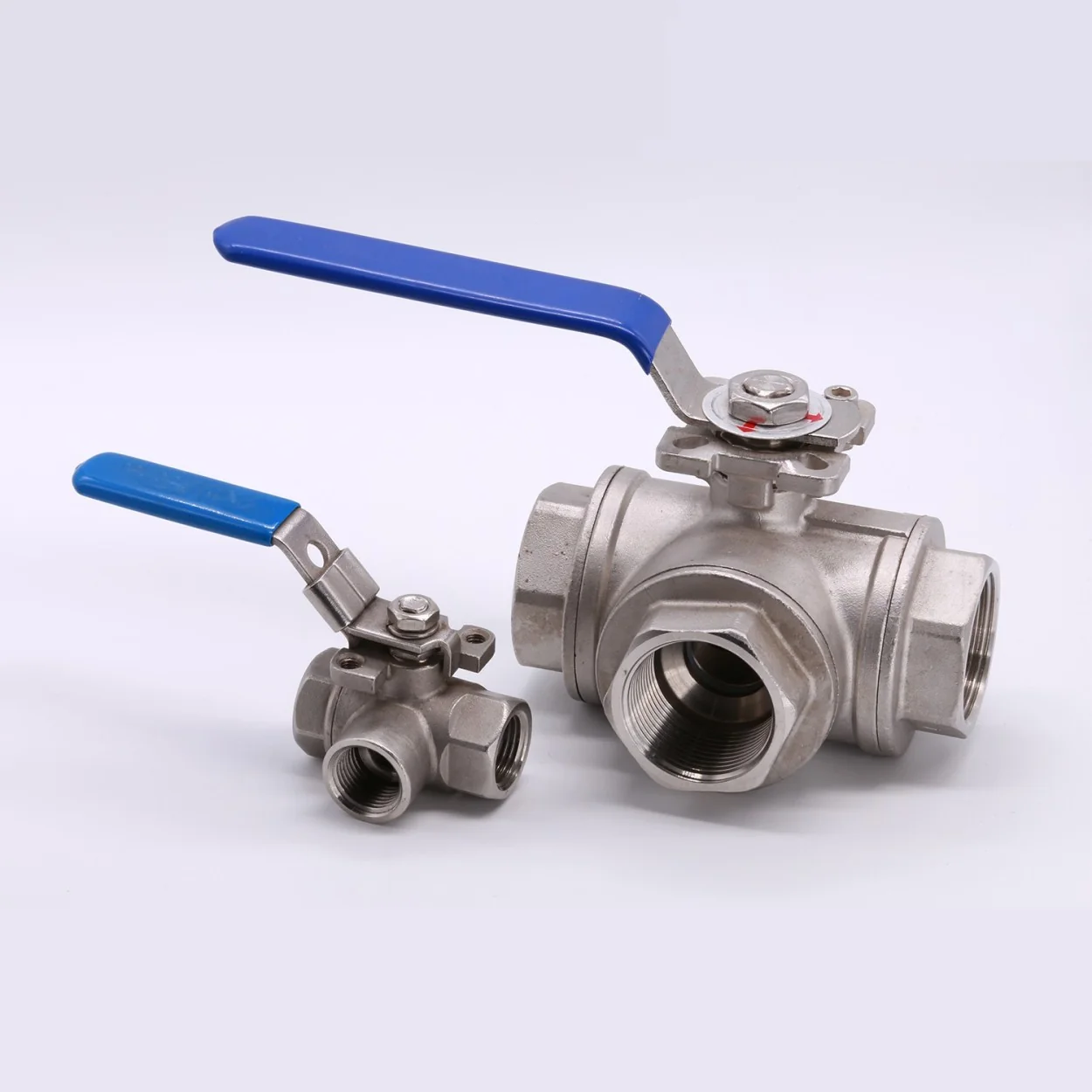



A High Pressure Ball Valve controls the flow of liquids or gases using a round ball that can be turned. When the ball is turned a quarter of the way (90 degrees), it can allow the medium to flow through or either block it completely. These valves are renowned for their resilience and for maintaining a tight seal, even after prolonged inactivity. Compared to other valves, they are particularly resistant to contaminated media.
In some instances, they can also be used as control valves, although they may not offer as precise control over flow rates as other control valves. However, they still provide advantages such as reliable sealing, even in dirty media.
Valves align or misalign a hole in the ball with the flow direction to control the flow of fluids or gases. The position of the handle and nozzle is a visual indicator of whether the valve is open or closed. The valves are available in various sizes, such as 3/8, 3/4, and 1/2, up to a maximum of 12 inches. They can also be customized as a 1/16-inch valve, 1/8-inch valve, or 1/4-inch valve. The valve can operate from 1000 psi to a maximum of 6000 psi.
They are highly robust and are ideal for applications requiring simple on/off functionality. When used in bulk, they remain effective even after repeated use and can maintain a secure seal even during extended periods of non-use. Additionally, they offer the flexibility to adjust flow rates by partially opening or closing the valve. While high pressure ball valves excel at shutting off flow and essential flow control, they may not provide other valve types with precise flow control capabilities for more nuanced applications.
It's important to note that High Pressure Ball Valves should be distinct from ball-check valves, which serve a different function of preventing backflow. At Shilpent, we produce and offer high-quality High Pressure Ball Valves in bulk at competitive prices.
High Pressure Ball Valves find diverse applications across industries due to their versatile features. They regulate fluid and gas flow in industrial processes, water distribution networks, pressure washers, and plumbing systems. In the oil and gas sector, they control hydrocarbon flow in drilling, refining, and transportation. Chemical processing plants use them for handling corrosive substances, while HVAC systems rely on them for heating and cooling control. Marine vessels employ High Pressure Ball Valves for seawater and fuel management, while petrochemical facilities use them for product handling. Additionally, they are used in bulk in power generation, food processing, and fire protection systems, showcasing their adaptability and importance in various sectors.
Hiring Shilpent Company for High Pressure Ball Valves is a better choice due to its commitment to quality, reliability, and affordability. With Shilpent, customers can trust that they get top-notch pneumatic and hydraulic High Pressure Ball Valves that meet industry standards and specifications. We also manufacture 2-way and 3-way valves on demand. Shilpent is dedicated to providing high-quality products in bulk at reasonable prices, ensuring customers get the best value for their investments. By choosing Shilpent, businesses can streamline their operations with dependable valves without breaking the bank. Shilpa Enterprises is the ideal partner for excellence and competitive pricing for all High-Pressure Ball Valve needs.